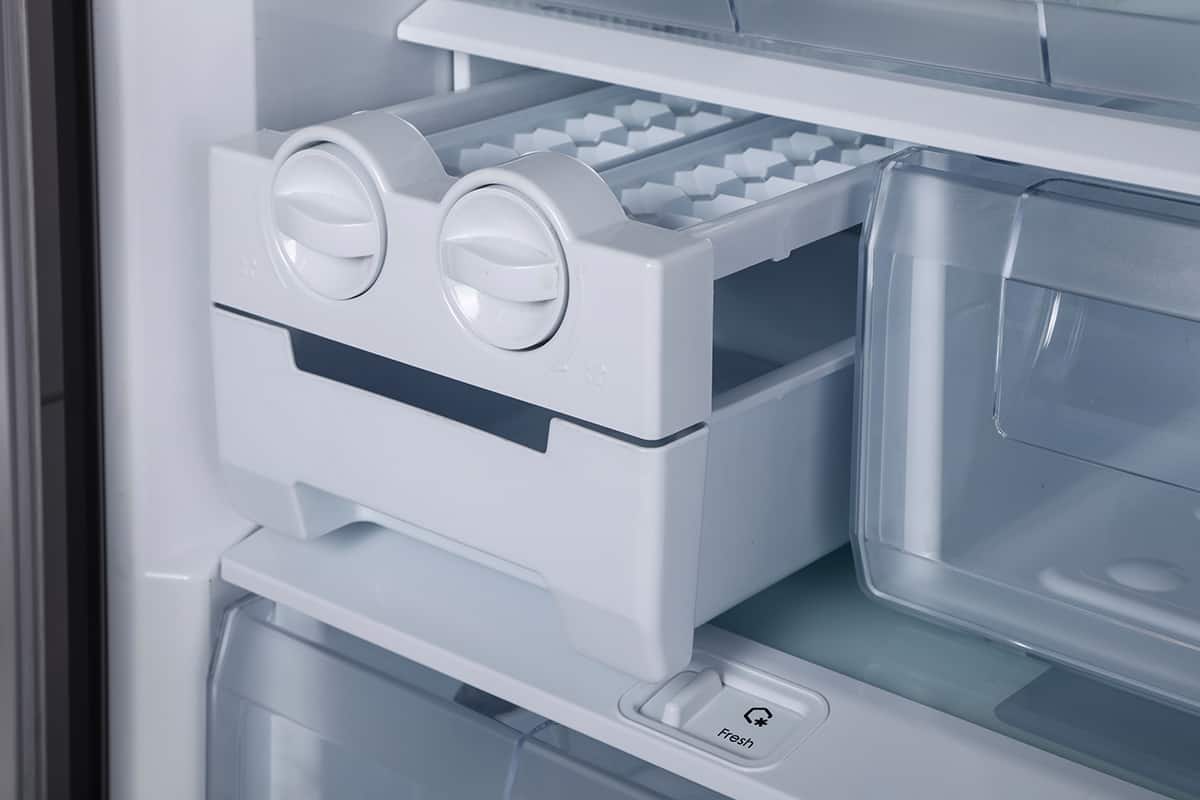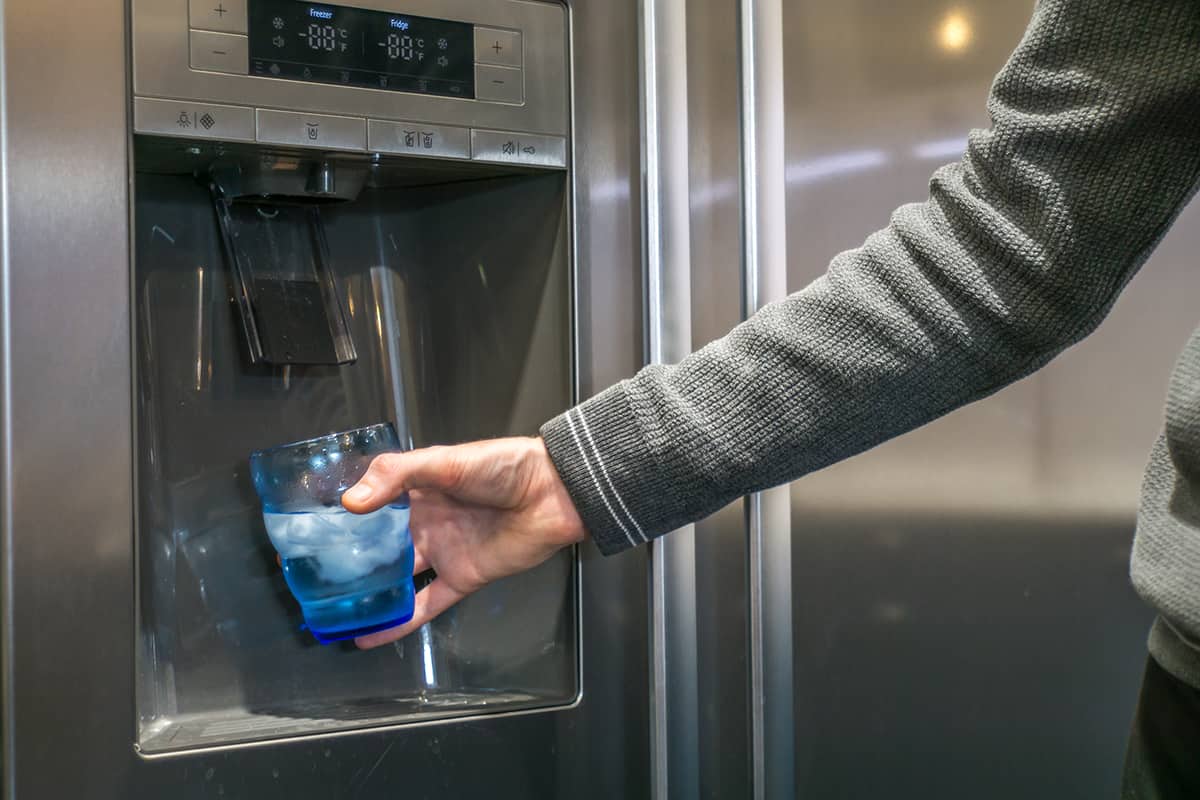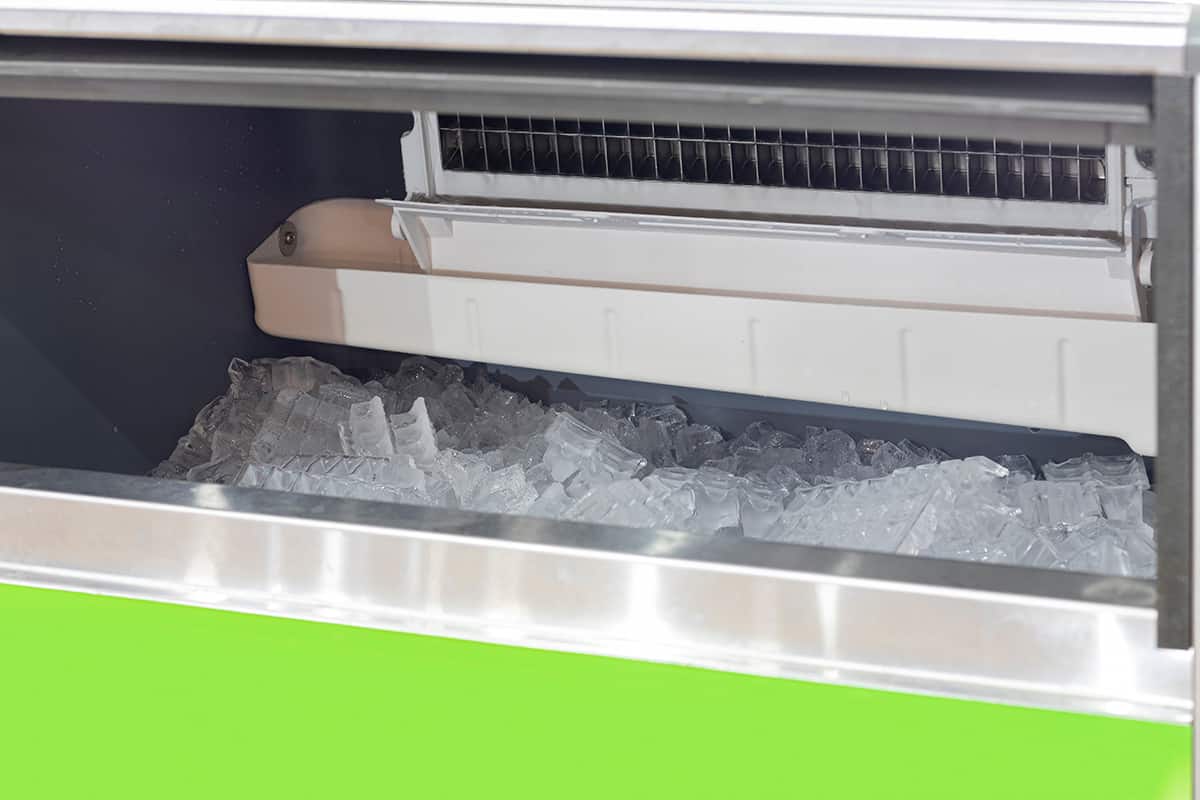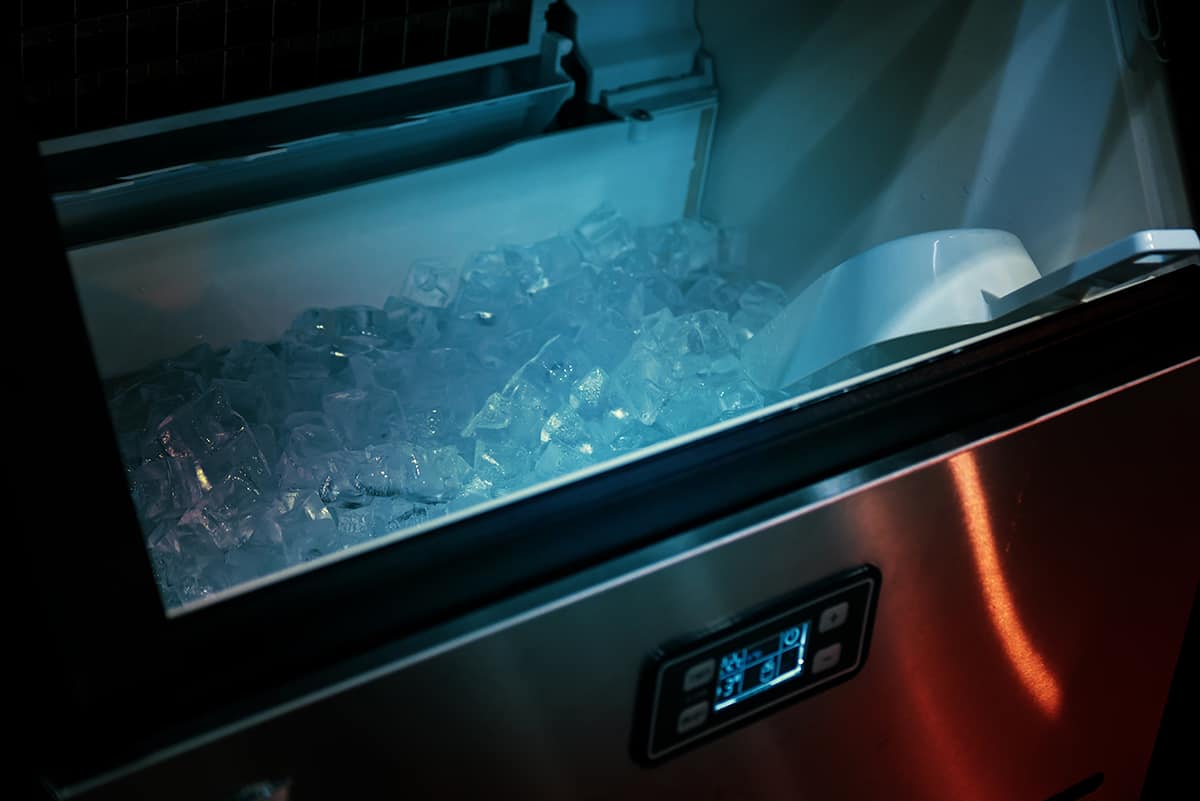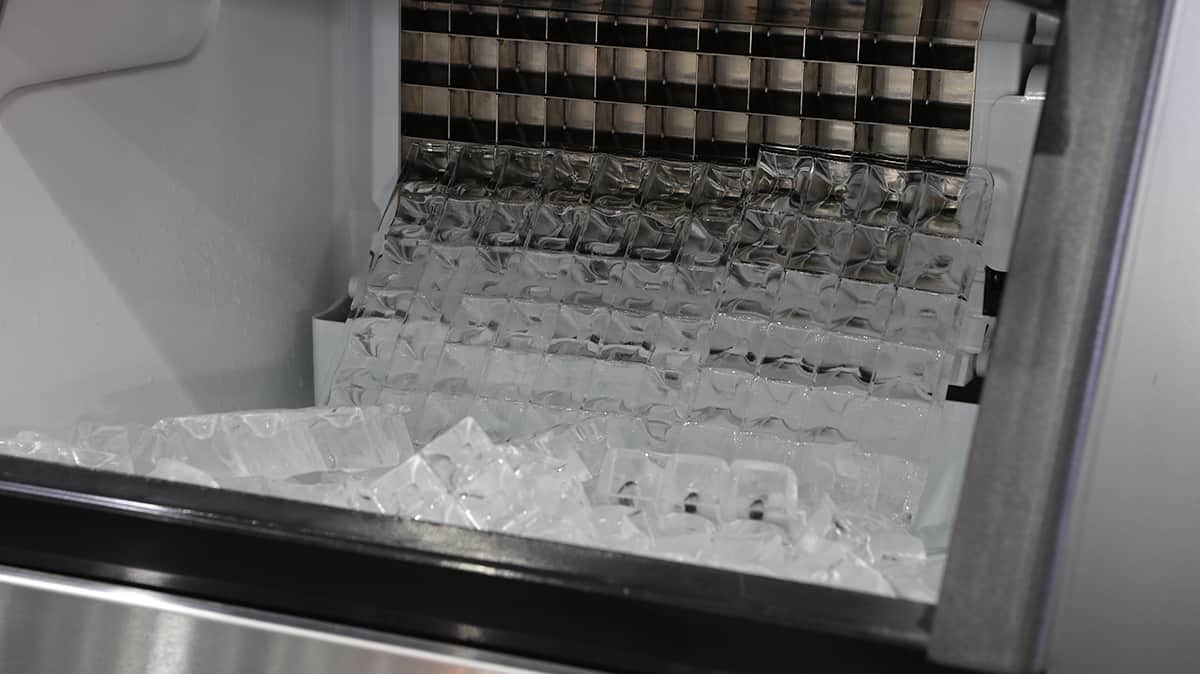Everyone is familiar with ice makers. They’re standalone or built-in machines that produce ice continuously to cool down your beverages or blanched vegetables. However, did you know that there are single ice makers and dual ice makers?
A single ice maker is an ice maker that delivers ice from the freezer directly to the fridge door. On the other hand, dual ice makers deliver ice to the fridge door and prepare ice in a bucket inside the freezer. A dual ice maker can also refer to a fridge that makes two different ice cube shapes.
Now that we know what they are, how exactly do they differ from each other? And is one worth investing in over the other? I’ll address these questions and much more down below.
Single vs. Dual Ice Makers
Ice makers are great for one thing—making ice. As long as there’s a continuous flow of water in the ice maker’s collection sump, it will continue to make ice for you. So, you won’t have to go an entire 24 hours without a cool beverage in your hand.
However, there are several types of ice makers to consider. When it comes to fridges with built-in ice makers, your choices are single and dual ice makers.
As I hinted earlier, single ice makers deliver ice directly to the fridge’s door. By pushing your glass against the lever, the machine will dispense as much ice as you want to cool your drink down.
Dual ice makers are a bit different. They come with the same freezer-to-door mechanism for delivering ice, but they also make ice directly in the freezer. That way, you can grab a few ice cubes from the freezer whenever the door runs dry.
A Head-to-Head Comparison
However, those are the only things where single and dual ice makers differ. In this section, I’ll explain the specific points of difference between the two.
Daily ice production
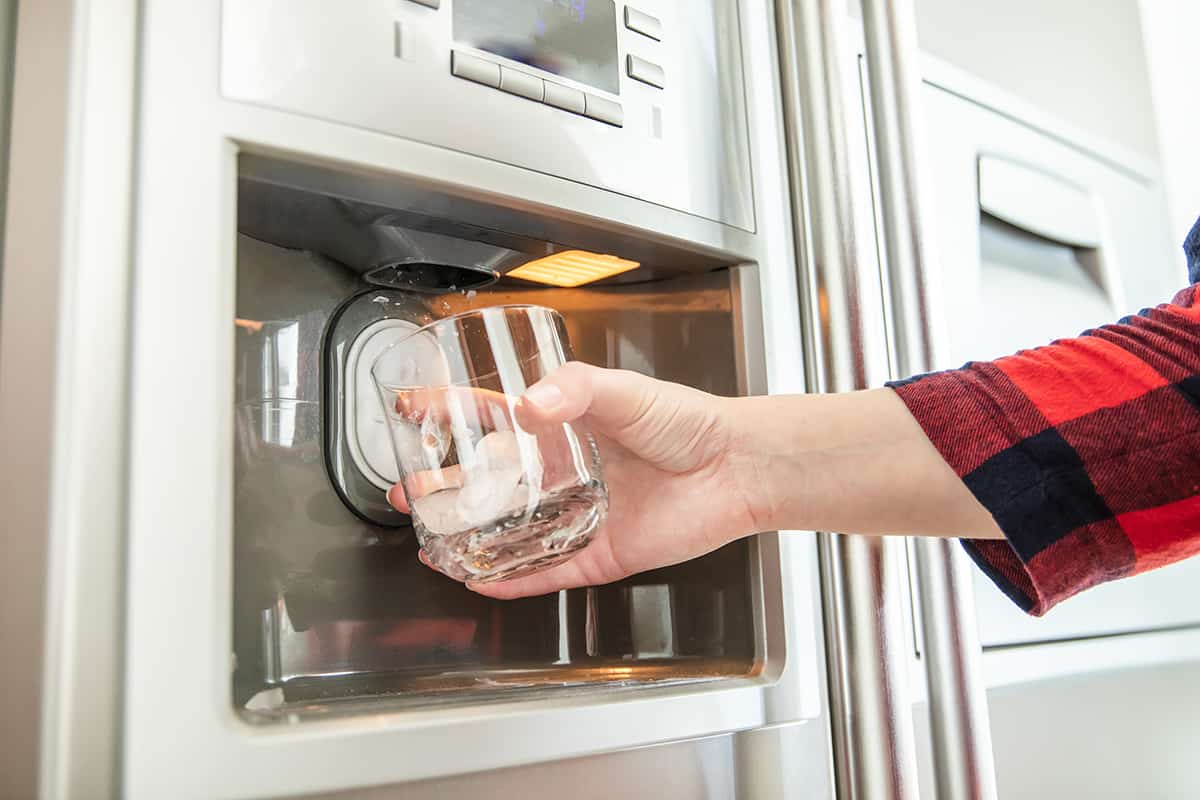
One of the first things you should know about any kind of ice maker is how much ice it makes per 24 hours. On average, a single ice cycle will require between 90 and 120 minutes to complete, depending on the freezer’s temperature setting. But how many pounds of ice is that daily?
Single ice makers generally produce 3 pounds every day. Dual ice makers, on the other hand, produce twice as much (6 pounds). Each of the ice makers works independently of the other and will make identical quantities of ice (3 pounds each).
Ice cube shape
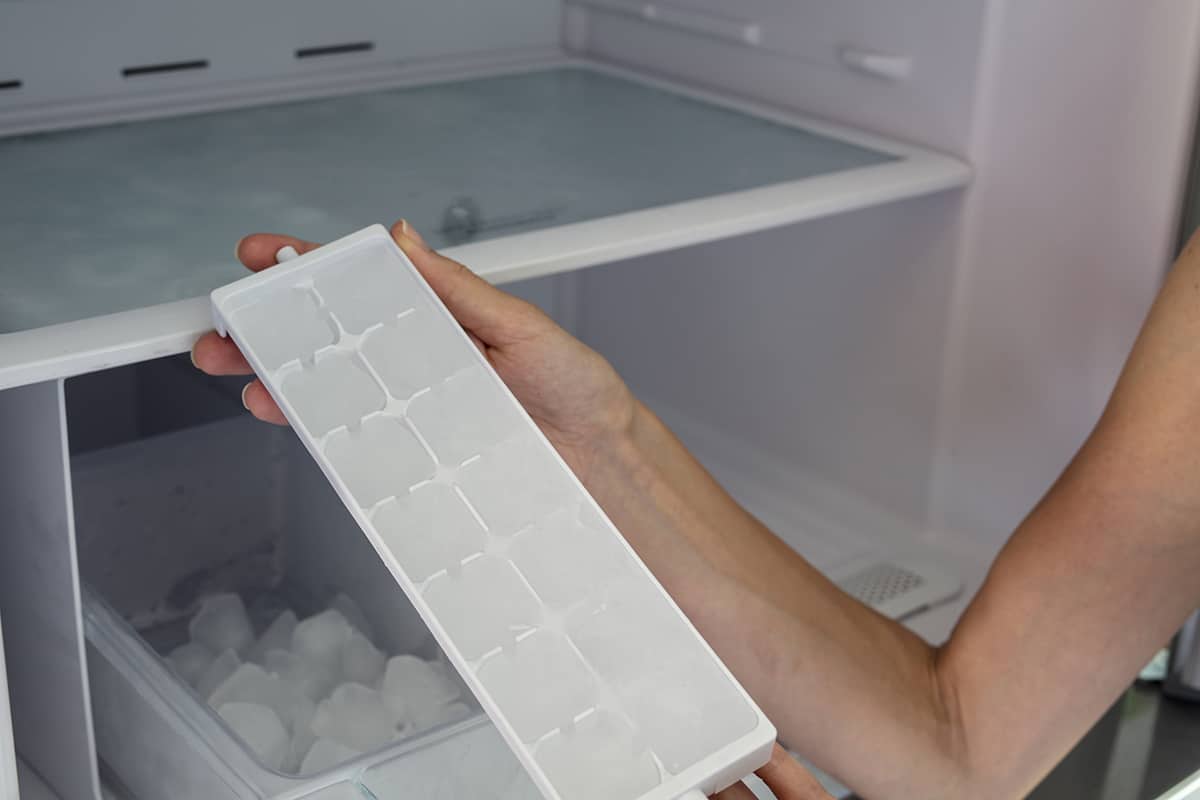
Everyone is familiar with the rectangular ice cubes that pop out of conventional ice trays. Well, that’s exactly what you will get with a single ice maker. Water from the collection sump fills a traditional ice tray before flipping over and dispensing ice into the ice chute or ice bucket.
Dual ice makers are a bit different. All of them will produce rectangular ice cubes that go out of the dispensing chute, but the shape of the ice from the secondary ice maker varies between models. Some will make spherical ice cubes, while others will make pellet-sized cubes that melt quicker in water. There are also dual ice makers that produce ice chips with the help of a built-in auger.
Upfront price
If you’re in the market for a brand-new refrigerator, then it doesn’t hurt to look at different fridge models with different features and specs. Just a heads up: refrigerators with single ice makers cost significantly less than their dual ice maker counterparts.
On average, a single ice maker fridge will run you about $1,500 for a brand-new model. As for a dual ice maker model, you may end up spending $1,000 more from the same brand.
Operating cost
A great way to estimate how much a fridge will cost to run is by checking its wattage rating. Of course, the wattage usually refers to the surge amount—i.e., the maximum amount of power the appliance uses when turning on or set to its most powerful settings.
Generally, the ice maker unit on fridges is rated at around 90 watts, and dual ice makers take up twice as much power. In the grand scheme of things, 90 and 180 watts won’t add up to a huge difference, but it’s still worth considering.
Single vs. Dual Ice Makers: Which Is Better?
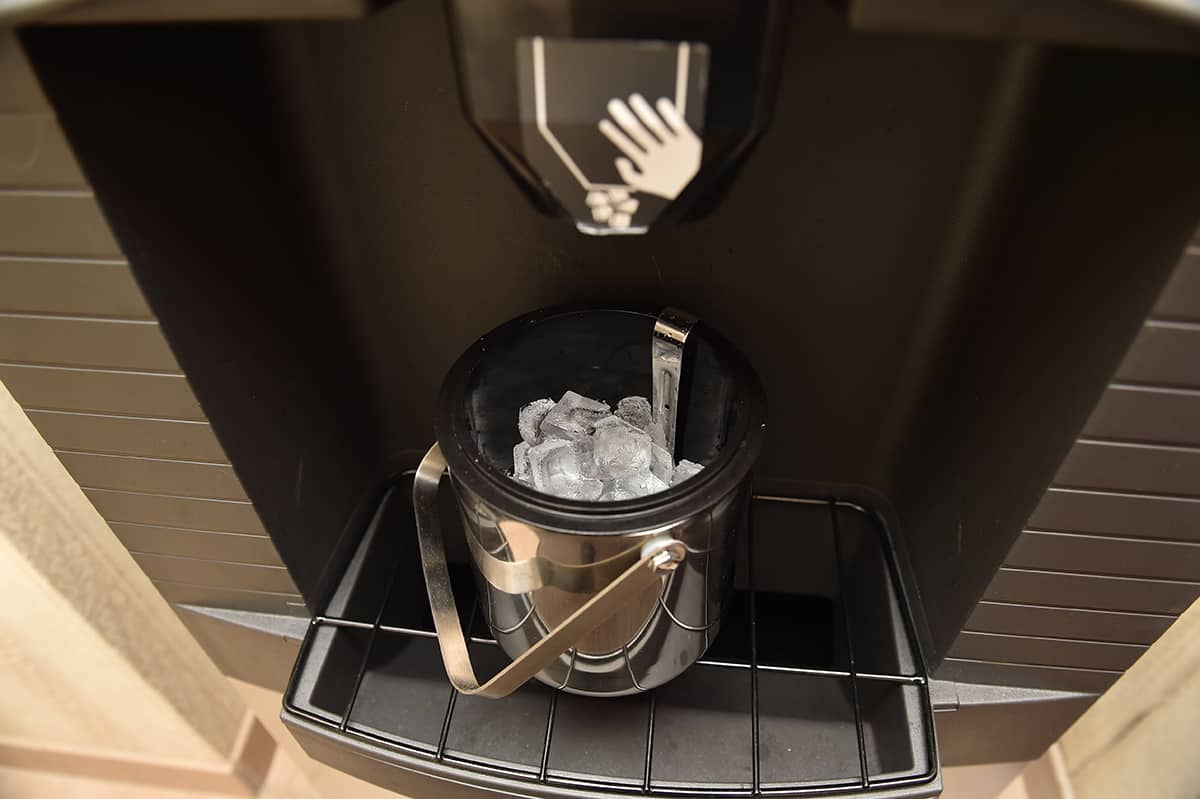
So, after comparing single and dual ice makers, is there a way to determine which one is objectively better than the other? Alas, no.
All I can tell you for certain is that dual ice makers can make twice as much as per 24 hours but at the cost of a steeper price tag and a slightly higher operating cost. Of course, the exact figures will vary from model to model.
That said, if you’re shopping for a brand-new refrigerator, it’s generally a good idea to pick the priciest unit within your budget. That way, you won’t walk out of the store wondering what you are missing out on.
What About Portable Countertop Ice Makers?
If you’re not looking to sink over a G on a brand-new fridge with an ice maker, might I suggest taking a look at portable countertop ice makers instead?
A countertop portable ice maker is a standalone device that prepares ice cubes whenever and wherever you want. On average, such a model will take just 9 minutes to complete an ice cycle, which is a lot more efficient than the 90-minute cycle in built-in ice makers.
Another advantage is that portable countertop ice makers are fairly easy to maintain. As long as you have a reliable cleaner (or a bottle of distilled white vinegar), you shouldn’t have any problem cleaning the unit’s interior.
However, unlike built-in ice makers, portable countertop ice makers do not have a freezer compartment. When the ice is done, it drops into an awaiting basket and will eventually turn back to water if you don’t use them immediately.
So, if you want to spend less than half the amount on a brand-new single ice maker fridge, then perhaps you should think about purchasing a portable countertop ice maker instead.
